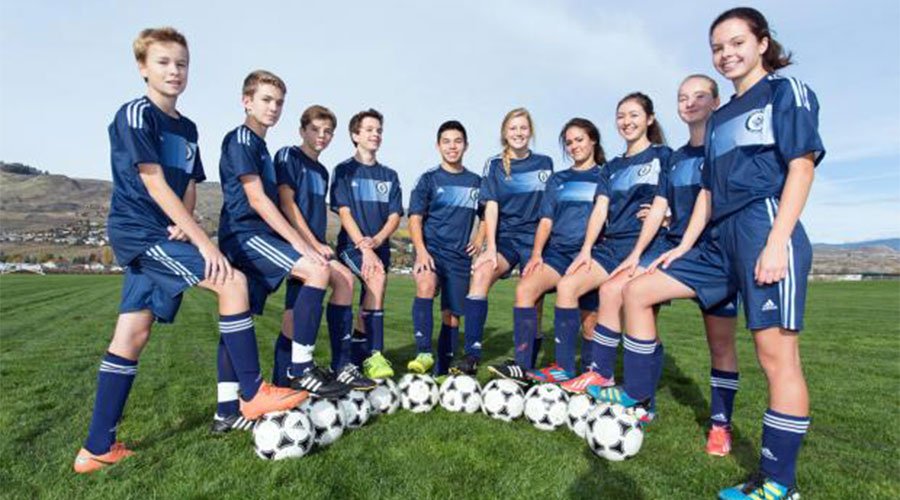Why Is There No Diversity On Travel Teams?
February 10, 2021
“Clean up well, girls,” the coach said, “or else they’ll think we’re ghetto.” I heard this a few months ago, after a softball game. The other team was almost completely comprised of people of color, which, in my experience, is a rarity in travel softball. That moment was game-changing for me, no pun intended. For the first time, my impenetrable softball bubble burst, and I was forced to consider diversity, or lack thereof, in the context of travel sports.
One of the first things I found as I started to research was that sports can actually be beneficial in the process of becoming more racially aware. According to an essay by sociologists Douglass Hartmann and Alex Manning, “athletic activities are significant places where children can develop ideas about race outside of families or school,” and according to studies done in 1995, 2003, and 2006, independently developed ideas are the most meaningful in racial socialization.
I was curious to see whether Hartmann and Manning’s conclusion carried over to travel sports, even if they appear to be disproportionately white. According to my coach, it does. In fact, she believes that racial awareness can be more prevalent in travel teams: “Not only are kids becoming more familiar with the racial groups of their own area but of the racial groups across the country, for those teams fortunate enough to travel that far.” Seeing the ethnic trends of new places also helps players build concepts of cultural location, which leads to better cultural competence.
My coach talked to me some more about her experiences with travel sports as an athlete. “The teams that I played for were always racially diverse; this includes players, coaches, and management.” But, in Yonkers, NY, where she grew up, 48% of the city’s population identifies as a racial group other than white, according to the U.S. Census Bureau. In Hastings, it’s 13.2%. So, in places like The Rivertowns, where, according to players, roughly two out of every 15 club soccer players are BIPOCs, we’re less likely to see diverse teams.
Isabella DePreist-Sullivan, who identifies as biracial (African American and white), is a former travel soccer player who recently started rowing for a travel team.
“Just economically, not even racially, families need to be able to make a certain income to afford to be on [a] team,” she said when asked about overall flaws in the travel sports industry. “They’re going to cater to the [economic] majority in that community or region.”
However, I think it’s interesting that even though team diversity is somewhat limited by geography, regardless of location, teams across America aren’t consistently diverse.
The one common thread throughout all of my research was the role of cost in travel teams. Club teams can easily cost over $5,000, including league/club fees, uniforms, gym space, and the lodging and travel expenses that come with away events. Sports that use more equipment, like hockey, or require special space, like gymnastics, will cost even more. Unfortunately, most teams are created for profit, so they generally don’t offer scholarships to athletes.
21% of all children live in households below the poverty line and the average American Black family makes $31,000 less than the average American white family. It’s clear that pay-to-play club sports aren’t remotely within the budget for both families of color and white families who aren’t able to keep up with the fees.
A former teammate, who asked to remain nameless, left my team because her family couldn’t afford it anymore. She’s white. “It just ended up being too much money for my parents,” she said.
If the price of clubs impacts people of all races, then it implies that travel sports, if their goal is to develop talent fairly, are too expensive, regardless of race. It’s a shame because, in this day and age, it’s hard to further your athletic development without paying a fee, and whether that be a team, a private coach, or a trainer; they all cost money. This disproportionally affects low-income families, and their children can be left feeling excluded from significant athletic activities. Further down the road, this can impact future athletes’ opportunities to play in college and beyond.
Knowing the benefits of racially diverse athletics combined with the experience of playing on a travel team, space needs to be made for all low-income athletes. If our culture can’t provide athletics to all children, how is the nation expected to undertake more sizable issues, like providing access to a fair criminal justice system, or to equitable education? It all depends on how far people—coaches, administrators, players—are willing to reevaluate their racial, economic, and societal priorities.


















